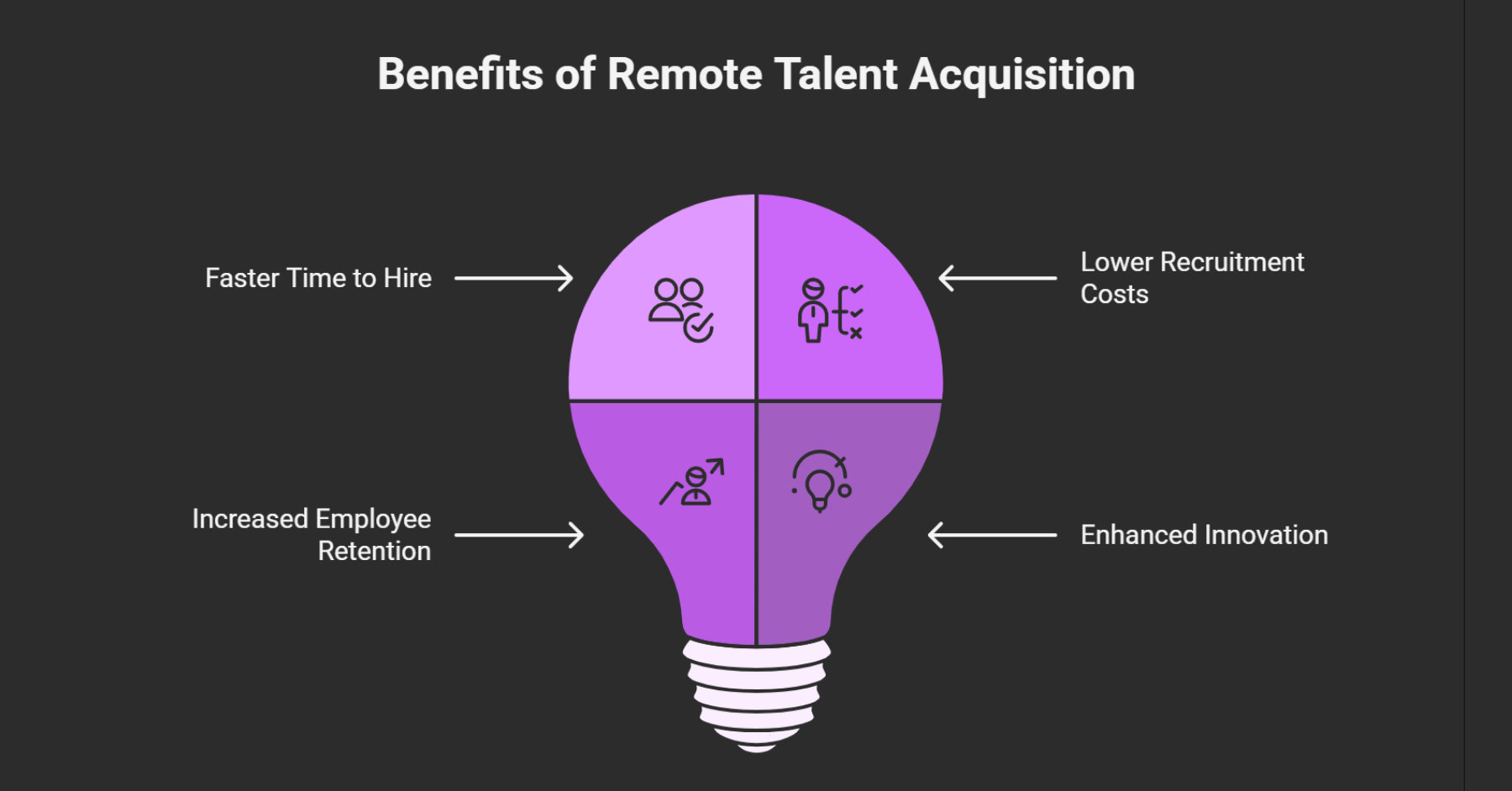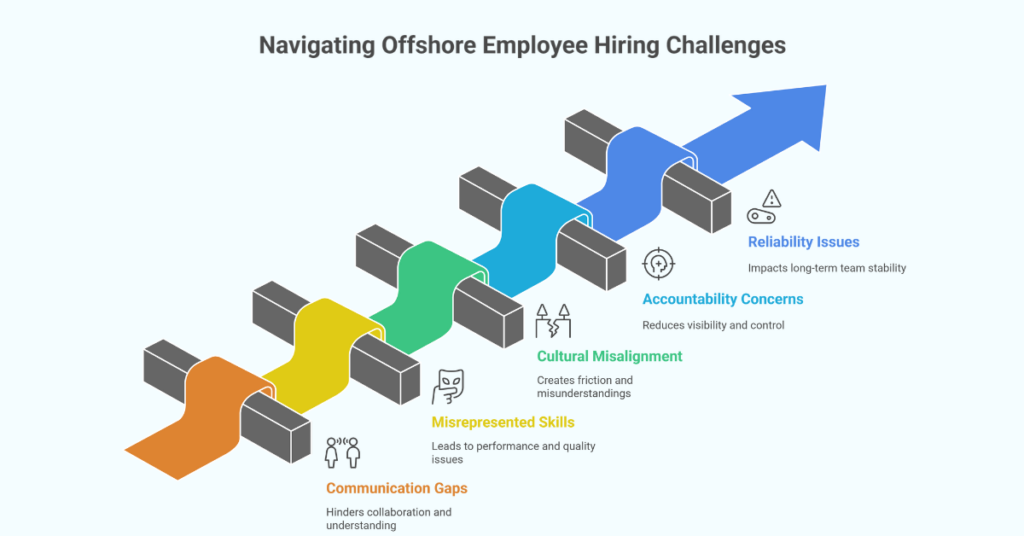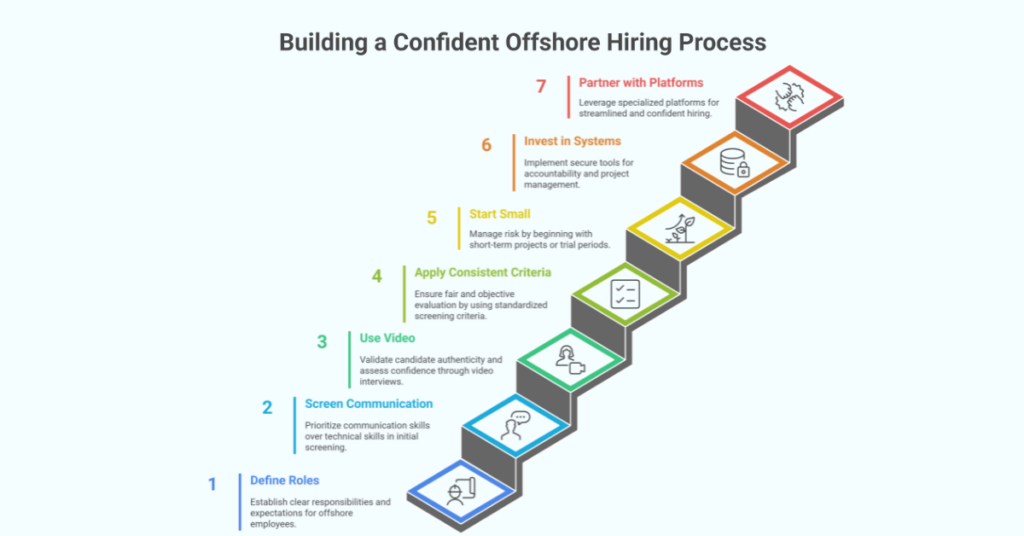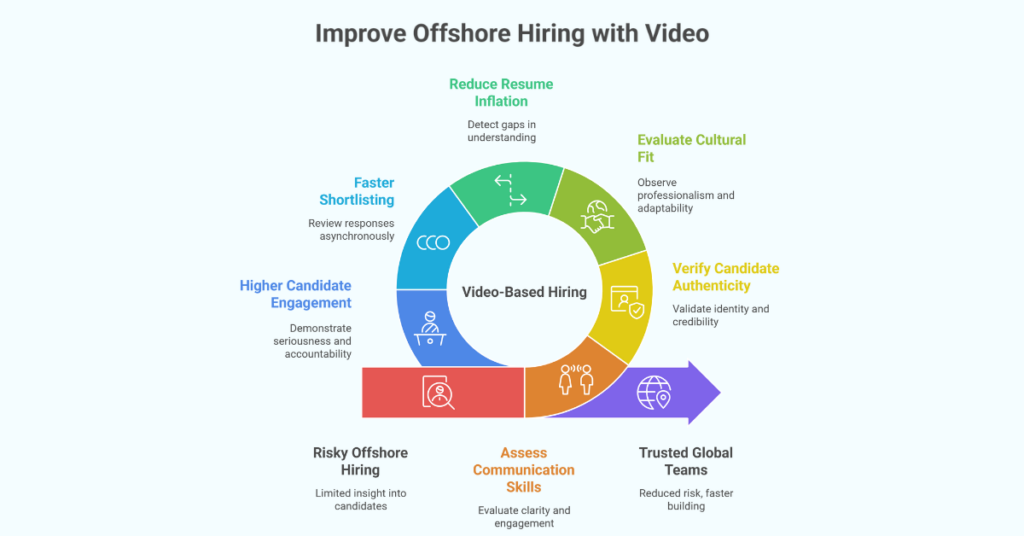“Remote Talent Acquisition transforms your hiring strategy by connecting you with global experts who drive innovation and growth.”
In today’s interconnected economy, mastering remote talent acquisition is no longer optional—it is a strategic necessity. Companies that excel at hiring distributed teams gain access to specialized expertise, unlock cost efficiencies, and foster innovation through diverse perspectives. By 2025, remote roles will account for 36 percent of the global workforce, driven by digital collaboration tools and evolving employee expectations. However, many organizations struggle to move beyond local recruitment tactics, missing out on top candidates overseas. This guide lays out a proven seven-step blueprint—covering culture definition, job description crafting, global sourcing, virtual interviewing, tailored offers, effective onboarding, and retention strategies—to help you attract and integrate remote talent seamlessly. Whether you seek developers in Eastern Europe, marketers in South America, or customer support specialists worldwide, these actionable insights will streamline your remote talent acquisition process and position your business for sustainable growth.
Beyond Local: The Untapped Power of a Global Talent Pool
Remote hiring expands your candidate reach far beyond regional constraints to tap into highly specialized skills.
-
Access to diverse skills and perspectives
By recruiting globally you can secure experts with unique technical abilities and cultural insights that are rare locally. This diversity stimulates creativity and problem solving by combining different approaches from around the world. Teams comprised of members from various backgrounds often deliver more innovative solutions and respond more effectively to complex challenges. A broad talent pool also helps build products and services that resonate across multiple markets. -
Reduced talent scarcity and increased competition for roles
Expanding your search globally alleviates the bottleneck in high-demand local markets where companies compete for the same limited candidates. Accessing talent hubs in emerging regions ensures you can source high-quality professionals before your competitors. This increased candidate supply reduces hiring timelines and allows you to evaluate a wider range of applicants. Ultimately you secure top performers without compromising on experience or skill level. -
Cost-effectiveness in certain markets
Different regions feature varying salary expectations and living costs. By strategically hiring in countries with competitive compensation rates, you can reduce payroll expenses by 20 to 40 percent. Additional savings come from lower relocation, office space, and operational costs. These funds can then be reinvested into training, research, or technology upgrades. Cost-effective remote talent acquisition supports sustainable scaling and enhances your return on investment.
The ROI of Remote Talent Acquisition: Tangible Benefits for Your Business
Investing in distributed teams yields measurable gains in speed, cost, retention, and innovation.
-
Faster time to hire
Remote sourcing allows simultaneous recruitment across multiple regions, dramatically accelerating candidate pipelines. Virtual screening and video interviews eliminate logistical delays associated with coordinating in-person meetings. As a result you can fill critical positions up to 35 percent faster than traditional hiring methods. Reduced vacancies minimize productivity losses and keep projects on schedule. -
Lower recruitment costs
Eliminating or downsizing physical offices cuts real estate and utility expenses by up to 40 percent. Video interviewing and AI-driven resume screening reduce the need for external agencies and travel budgets. Companies often report a 30 percent decrease in total hiring expenditure. These cost savings can be reallocated to employee development and innovation initiatives, driving further growth. -
Increased employee retention
Remote work flexibility significantly boosts job satisfaction and loyalty. Employees value autonomy and work-life balance leading to a 25 percent decrease in turnover rates. Lower attrition preserves institutional knowledge and reduces replacement costs, which average one third of annual salary. Engaged remote teams are more motivated and committed to long-term objectives. -
Enhanced innovation through diverse teams
Global teams bring distinct cultural viewpoints that spark new ideas and approaches. This diversity fosters creativity with teams outperforming homogenous groups by up to 30 percent in innovation metrics. By integrating varied insights into product development and customer strategies, companies can deliver more relevant solutions. A culture of inclusivity also attracts high-potential talent seeking collaborative environments.
AI in Remote Talent Acquisition: Your Smartest Recruitment Partner
Artificial intelligence transforms how you find, engage, and predict the success of remote hires.
-
Streamlining sourcing and screening
AI algorithms analyze thousands of candidate profiles against role requirements in minutes. They identify top matches by evaluating skills, experience, and cultural alignment. This automation slashes manual resume review time and ensures you focus on the most promising talent. Quick, data-driven shortlists accelerate your hiring cycle and enhance accuracy. -
Personalizing candidate experiences
Chatbots and automated email workflows provide real-time updates and tailored content to applicants. Candidates receive interview schedules and feedback promptly. Personalized engagement keeps high-value talent interested and reduces drop-off rates by 25 percent. A smooth communication journey strengthens your employer brand. -
Predictive analytics for workforce planning
AI examines historical hiring data—such as time-to-hire, turnover rates, and performance outcomes—to forecast future talent needs. Predictive insights inform proactive pipeline building and budget allocation. This strategic foresight prevents skill gaps and aligns recruitment with evolving business goals.
Building a Future-Proof Workforce: Why Remote Talent Acquisition is Not Just a Trend
Remote recruitment fosters resilience and adaptability critical for long-term success.
-
Adaptability in a changing economic landscape
Distributed teams allow rapid scaling according to market demand without physical infrastructure changes. You can pivot resources across time zones and regions seamlessly. This agility helps navigate regulatory shifts, supply-chain disruptions, and industry fluctuations. -
Resilience during unforeseen global events
Offices impacted by natural disasters or political unrest have minimal effect on remote teams operating in unaffected locations. Distributed operations maintain service continuity and protect revenue streams. -
Competitive advantage
Companies skilled in remote talent acquisition secure top global talent faster and gain market share. A reputation for flexible, remote-friendly policies enhances employer branding and attracts high-caliber professionals.
Actionable Steps: Implementing a Robust Remote Talent Acquisition Strategy
Use this practical roadmap to transform your hiring process.
-
Assess current processes
Map existing workflows to identify bottlenecks such as manual screening or limited sourcing channels. Survey hiring managers and recent recruits for feedback. Establish baseline metrics for time-to-hire, cost-per-hire, and candidate quality. -
Identify key roles
Determine which positions benefit most from remote work based on autonomy and collaboration needs. Prioritize roles with high global demand or local shortages. Clearly define success criteria for each role. -
Leverage platforms like Remote Recruit
Use specialized tools offering pre-vetted global talent, AI matching, and integrated video-interview capabilities. Automate compliance, contract generation, and payroll setup across jurisdictions. -
Iterate and optimize
Monitor performance data continuously and solicit feedback from new hires and hiring teams. Test new sourcing channels and interview formats. Refine employer branding messaging based on candidate insights.
How Remote Recruit Supports Your Remote Talent Acquisition
Remote Recruit streamlines every phase of remote hiring with a unified platform designed for distributed workforce success. Employers gain instant access to a curated network of over 100 000 pre-vetted professionals across 60 plus countries. AI-powered matching ensures you connect with candidates whose skills, experience, and cultural fit align precisely with your needs. Integrated video-resume and one-click interview tools reduce scheduling friction and accelerate time-to-hire by up to 40 percent. Automated compliance workflows handle cross-border contracts, payroll, and benefits administration, minimizing legal risk and administrative overhead. Performance dashboards track sourcing channels, candidate engagement, and onboarding progress in real time. For job seekers, Remote Recruit offers personalized role recommendations, profile analytics, and video showcase features that highlight remote-work readiness. With Remote Recruit, you can hire remote workers confidently, efficiently, and compliantly.
Conclusion
Remote talent acquisition transcends conventional hiring to become a core growth strategy. By unlocking global expertise, reducing costs, and fostering innovation, organizations gain a decisive competitive advantage. AI-driven sourcing and screening accelerate time-to-hire while data-driven insights enable proactive workforce planning. Building a distributed team enhances resilience against market volatility and ensures continuity during unforeseen disruptions. A structured seven-step blueprint—from defining remote culture through retention tactics—provides a clear path to remote hiring excellence. Platforms like Remote Recruit empower companies with the tools and global reach required to implement these practices effectively. As remote work continues to reshape the business landscape, mastering remote talent acquisition will be essential for driving sustainable growth and future-proofing your organization.
Frequently Asked Questions
Q1: What are the benefits of remote talent acquisition?
Remote talent acquisition provides access to diverse global skills, cost savings, faster hiring cycles, and greater employee retention, all of which drive innovation and scalability.
Q2: How does AI improve remote hiring?
AI automates candidate sourcing, screening, and predictive analytics, delivering more accurate matches faster and enhancing the candidate experience through personalized communication.
Q3: How can companies maintain culture in distributed teams?
Establish clear communication protocols, regular virtual social events, and recognition programs to reinforce shared values and keep remote workers engaged.
Q4: What legal considerations exist for remote international hires?
Compliance with local labor laws, tax regulations, and data-protection standards is critical. Partnering with legal experts or compliance-focused platforms ensures risk-free global hiring.
Q5: How do I measure the success of my remote talent acquisition strategy?
Track metrics such as time-to-hire, cost-per-hire, retention rates, and candidate satisfaction. Continuously gather feedback and refine processes based on performance data.
Sign up on Remote Recruit today to unleash global potential and transform your remote talent acquisition.
